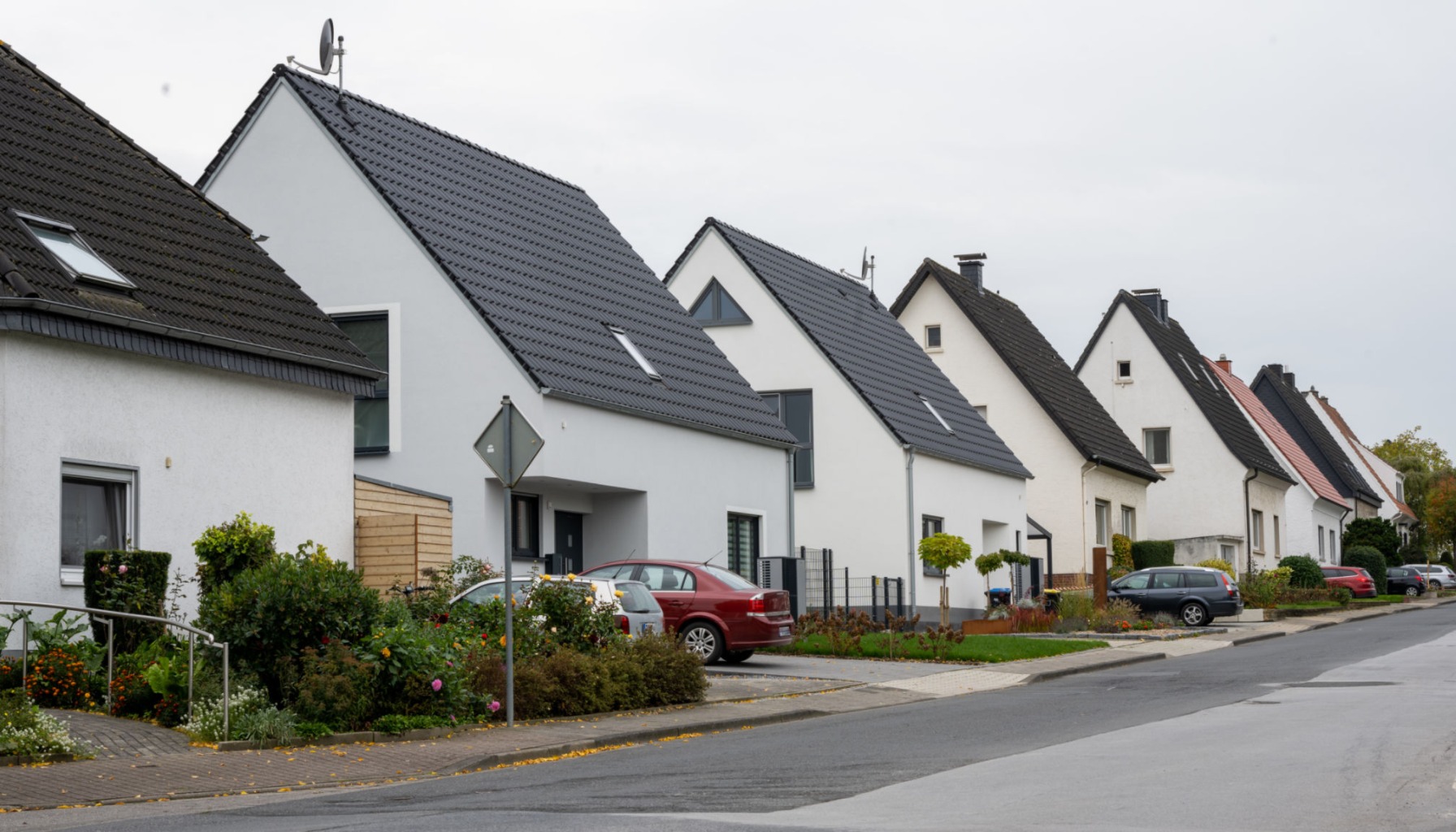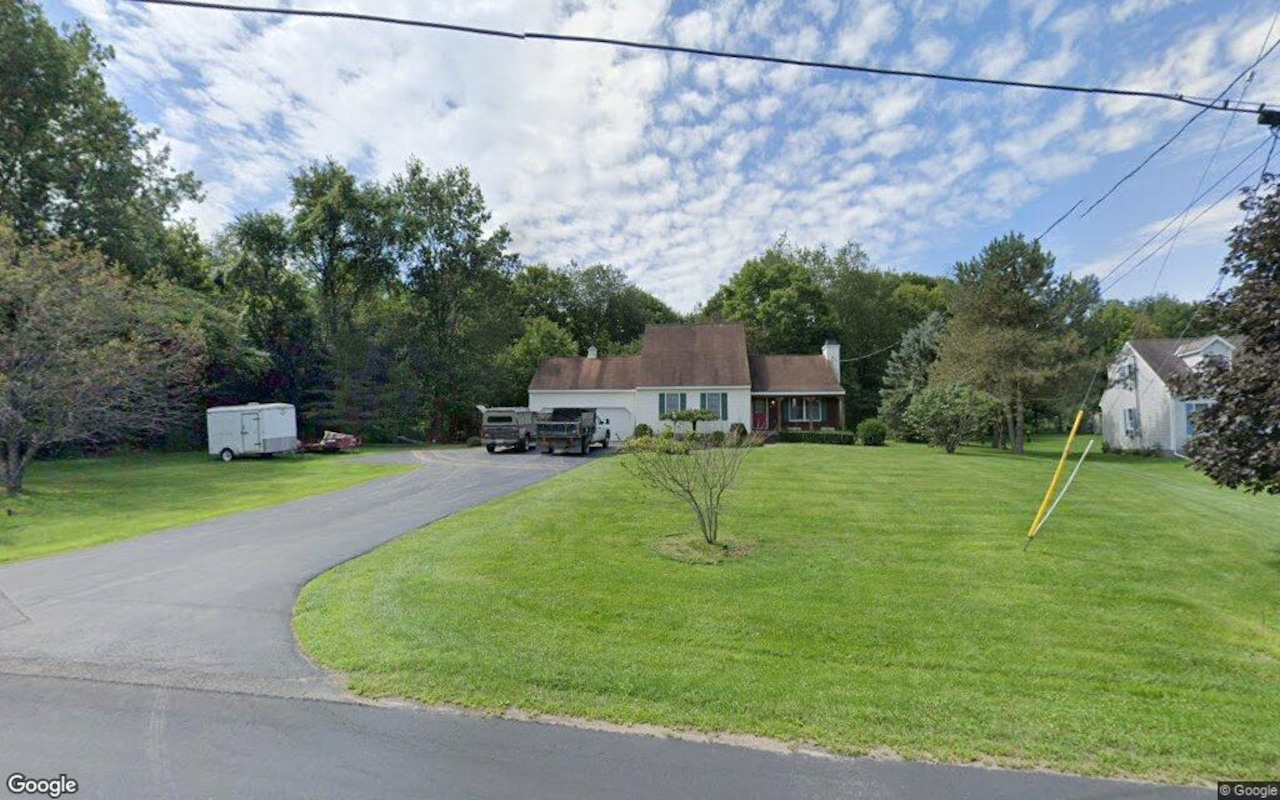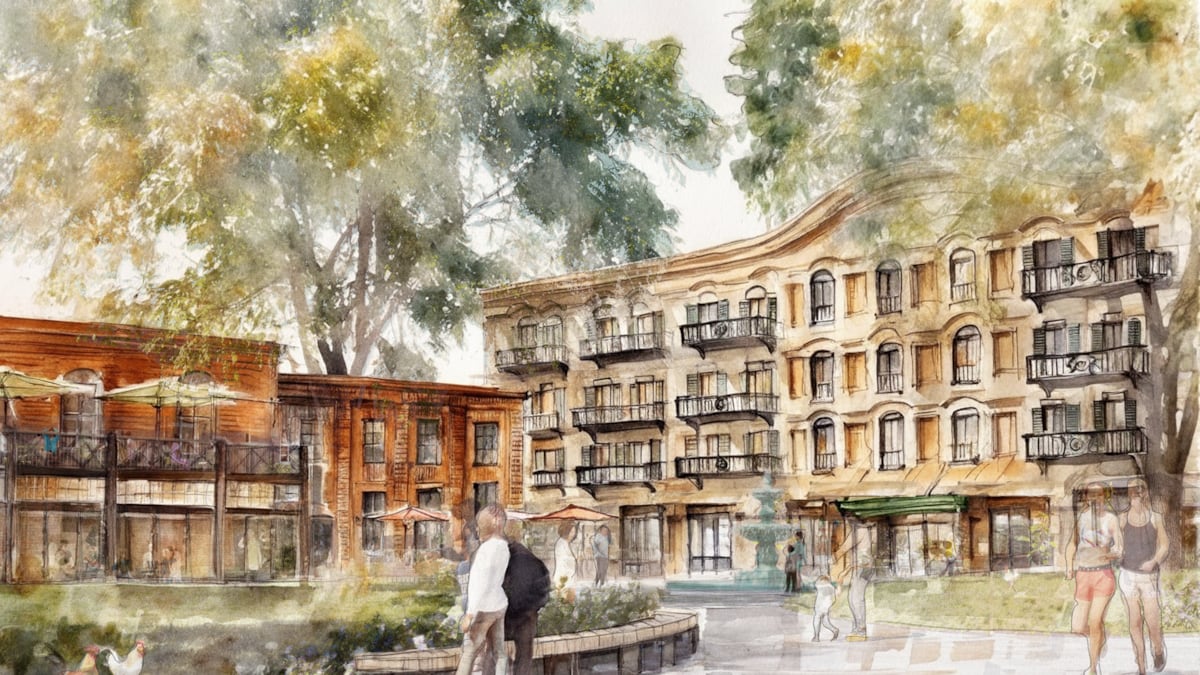I
f you're considering investing in or already own single-family rental homes, pay attention to Zillow's latest projections. According to their revised forecast, single-family rental homes are expected to appreciate 2.5% annually. This is a crucial piece of information for anyone navigating the rental property market, indicating that while rapid rent hikes may be cooling, rental income is still projected to grow steadily.
For some time now, rents have been on a rollercoaster, with significant jumps making it challenging for renters and potentially lucrative for landlords. However, the market is always shifting, and understanding these shifts is essential for making smart investment decisions. Zillow's latest outlook suggests a normalization of sorts, with a more predictable rate of appreciation for single-family rentals.
When Zillow talks about appreciation, they're forecasting how much the value of rental homes will increase over time, driven largely by rental income growth. A healthy rent growth rate translates into higher returns for property owners. This 2.5% annual increase is a solid, sustainable rate, meaning that if you own a single-family rental home valued at $300,000, its value could increase by about $7,500 in a year.
It's essential to remember that this figure is a forecast, an educated guess based on models and current economic trends. Zillow arrives at these numbers by factoring in how many people move, how many renew their leases, and how landlords adjust rents for those long-term tenants. This is a more nuanced view than just looking at the "on-market" rent changes.
To understand the 2.5% figure, it's helpful to look at the underlying data, especially concerning the Consumer Price Index (CPI). The CPI has two main measures relevant here: Owner's Equivalent Rent (OER) and Rent of Primary Residence. Zillow predicted a 0.31% increase in OER for July, but the actual release showed a slight dip to 0.28%. While the July number was lower than expected, the overall trend for OER is forecasted to decelerate.
The pace of rent growth has actually slowed down by over a full percentage point since April. Zillow's forecast for this measure to end the year up 2.7% year-over-year, with a sharp fall to just 0.6% in 2026, really points to a softening in the rental market.
Several factors contribute to this expected slowdown in rent appreciation. One of the biggest drivers is the significant deceleration in market rents over the past few months. When demand for rentals cools down or when the supply of available rental properties increases, landlords can't just keep raising rents indefinitely.
We've also seen softening growth in market rents, and this will likely continue to put downward pressure on housing prices within the CPI over time. It's a bit of a balancing act. For a while, housing costs were a major contributor to inflation across the board. Now, it seems like their impact is moderating.
Another element to consider is the broader economic picture. Factors like interest rate changes or shifts in consumer spending due to things like tariffs on goods can influence the overall demand for housing. When people have less disposable income or face higher borrowing costs, they tend to be more price-sensitive when it comes to rent.
From my experience in real estate, these kinds of adjustments are normal. The market doesn't go up in a straight line forever. What Zillow's forecast suggests is a return to a more stable, predictable appreciation rate for single-family rental homes. This is actually a good thing for long-term investors.
Stability is key: while 8-10% annual rent growth might grab headlines, it's often not sustainable. A 2.5% appreciation rate, combined with a solid rental yield, can provide a very healthy passive income stream with less risk.
Cash flow focus: with moderating rent growth, the focus for investors might shift even more towards ensuring strong cash flow from properties. This means looking at the numbers carefully: mortgage payments, property taxes, insurance, maintenance, and vacancy rates.
The single-family advantage: I still see a lot of value in single-family rentals compared to larger apartment buildings. They often attract longer-term tenants, have lower turnover, and can be less susceptible to massive rent swings sometimes seen in multi-unit properties.
Long-term outlook: the forecast of significantly lower rent increases in 2026 (0.6% for Rent of Primary Residence) is a key takeout. This doesn't mean rents will fall, but the rapid acceleration is over, ushering in a period of much slower growth. This is important for cash flow projections and understanding future profitability.
The real estate market is dynamic, and while Zillow's forecast provides valuable insight, it's essential to keep an eye on unfolding economic events. We need to watch interest rate policies, housing supply, economic stability, and inflation trends.














